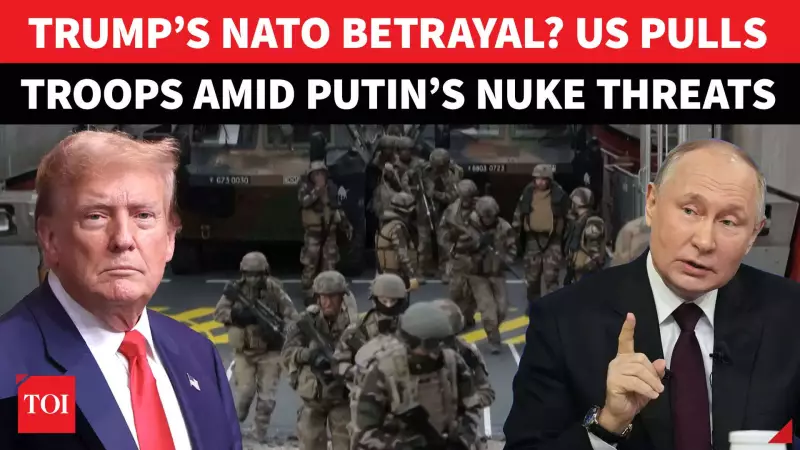
In a stunning development that has sent shockwaves through international diplomatic circles, the United States has initiated the withdrawal of its military personnel from positions near Russia's borders. This strategic repositioning comes directly in response to increasingly aggressive nuclear posturing from Russian President Vladimir Putin.
Geopolitical Earthquake
The decision marks a significant shift in American foreign policy and military strategy in Eastern Europe. For years, the US maintained a robust troop presence in the region as a deterrent against potential Russian aggression and to reassure NATO allies of American commitment to collective defense.
Trump's Calculated Response
Former President Donald Trump, known for his unconventional approach to international relations, has reportedly been rattled by Putin's explicit nuclear threats. Sources indicate that the escalating rhetoric from Moscow has prompted this unexpected military redeployment, catching even close American allies by surprise.
NATO Partners Express Alarm
European leaders and NATO officials have reacted with a mixture of concern and disbelief. Many had relied on American military presence as a cornerstone of regional security architecture. The sudden withdrawal has raised urgent questions about:
- The future of NATO's eastern flank security
- Potential power vacuum in the region
- Russia's next strategic moves
- Long-term implications for European security
Nuclear Brinkmanship Escalates
Putin's recent statements have taken nuclear rhetoric to unprecedented levels, explicitly mentioning the possibility of deploying tactical nuclear weapons in certain scenarios. This dangerous escalation has created one of the most tense moments in East-West relations since the Cold War era.
International analysts are closely watching how this dramatic development will reshape global power dynamics and whether it represents a temporary tactical move or a fundamental rethinking of American engagement in Eastern Europe.





